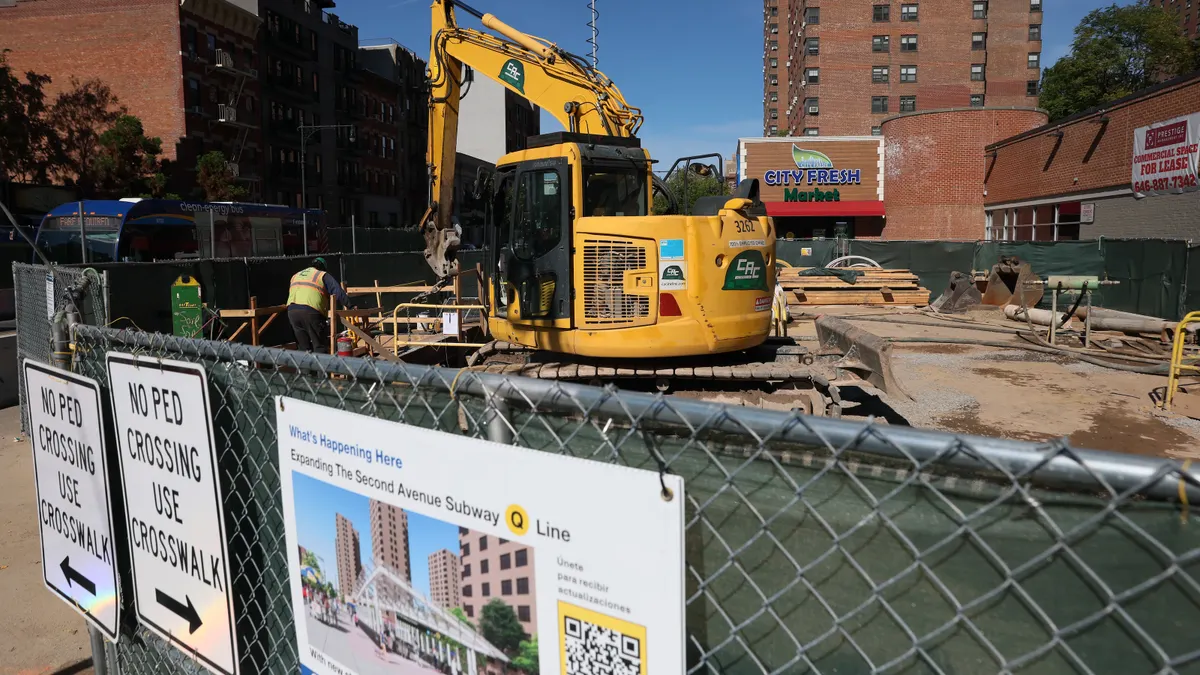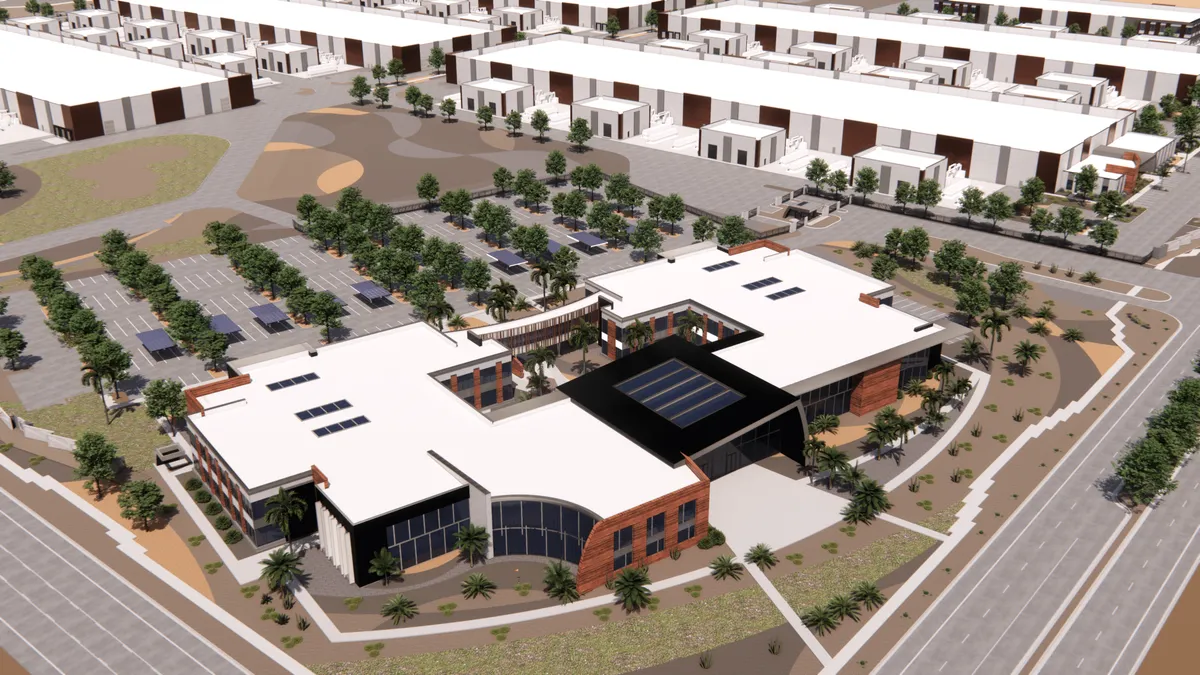From restaurant chains to rental cars, franchises abound in business. The construction industry is no stranger to the category (think Bath Fitter or Budget Blinds). Less prevalent, however, are franchises that build homes from the ground up. That franchise type is gaining traction in the post-recession homebuilding industry, however, as builders eye its supportive infrastructure for help breaking into new markets or the industry altogether.
“It’s really based on the simple premise that you can be part of something much larger than yourself, and you can tap into expertise, resources and support that just wouldn’t be available to you as an independent contractor,” said Rob Cecil, chief development officer for Alair Homes, one of a handful of companies in the U.S. that offer franchise homebuilding opportunities. Others include franchise leader Epcon Communities and Arthur Rutenberg Homes.
Finding the right franchise fit
Franchise homebuilding isn’t one-size-fits-all.
Alair, for example, targets builders looking to take their businesses to the next level or shift their focus to custom building. Founded in 2007 and offering franchises since 2012, the company now has 90 franchisees building custom homes, each of which operates on a nearly identical structure.
Franchisees can tap into Alair’s operations support, which includes accounting and marketing, Cecil said, noting that the model allows franchisees to focus on building.
Epcon Communities takes a slightly different approach, providing turnkey packages for building housing communities of at least 10 homes. Franchisees range from builders already entrenched in the industry to entrepreneurs with some construction background looking for a new challenge.
The country’s 45th-largest builder, according to Builder, over the years Epcon has built more than 350 communities in 28 states to the tune of 29,000 homes sold. The company specializes in the 55+ market, with a library of plans tailored to that demographic.
Epcon provides franchisees with everything needed to take a parcel from raw land to turning the community over to the homeowners' association, including infrastructure, planning, sales and marketing, home plans, construction and closing. “All of the details are figured out,” said Jad Buckman, business development manager for Epcon. “And they’re not just figured out — they’re market-proven.”
Franchisee Sherri Meyer, previously a real estate agent, told Entrepreneur in 2015 that the model, which incorporates Epcon’s internal know-how, made learning the business easier.
At Alair, all partners meet on a weekly basis, with mutual coaching centered on the idea that one partner may know something or have experience that the others can use.
Not all building franchises are focused on construction. Showhomes offers franchises aimed at luxury-home selling, including updating the interior and staging it to prep for sale, and home management.
As part of the home management process, Showhomes places temporary residents in the for-sale home. “There’s something about having clothes in the closet, food in the pantry that helps homes sell faster,” said the company's chief operating officer, Matt Kelton. Often traveling business executives seeking extended-stay opportunities, the temporary residents are heavily vetted and are aware of the process, able to maintain open house-worthy tidiness and with the flexibility to vacate per the uncertain timing that accompanies selling a home.
Showhomes provides the framework, including training, systems, vendor relations and legal contracts to run the franchise. “Someone with little or no experience could go out and have one of these businesses,” said Kelton, though he notes that it is also an ideal setup for experienced home stagers who want to branch out on their own or take their existing business to the next level.
The pros and cons of teaming up
As for the ebbs and flows of the housing industry, franchisers say they have some advantages over sole practitioners. Alair says its model is nimble and leverages the benefits of local ownership. “The idea is for the local owner to be in tune to those trends and cater to the needs of those clients,” said Adam McCaa, Alair’s chief communication officer.
In addition, the company targets high-end homes and clientele, which tend to be less impacted by cyclical economic downturns. They also operate lean, and avoid carrying team members on the home-office payroll if they’re not needed all the time. “What the Alair model does is mitigate risk,” Cecil said.
Plus, he adds, “What we know works well is having systems and processes that can be followed every time to produce a very predictable outcome.”
Showhomes typically targets homes priced in the top 20% of the markets in which they operate. In addition to their owners’ typically having a bit of a cushion from economic constraints, these homes also tend to sit on the market longer, creating an even deeper need for the company’s services residency and management services.
For Epcon franchisees, there are efficiencies in not having to figure out details from scratch, allowing them to focus on construction timelines based on the operations manual and on customer service and relationships with trade partners. In addition, because they are working with a set number of plans, efficiencies in construction develop for both the franchise owner and its subcontractors.
Franchising is not without drawbacks, of course. Any business venture, whether franchise-backed or no, takes on certain risks. And like all franchises, builder operations require an upfront buy-in. Epcon, for example, requires a one-time, non-fundable $50,000 fee from new franchisees. The company estimates that franchisees will need an initial investment of up to $830,500 for 30 developed lots.
For entrepreneurs who want to make a move into building and for pros looking for small-business ownership opportunities within a big-business support network, franchising is one compelling option. “It comes down to someone who has a desire to take their business to the next level,” Buckman said. “Maybe they’re at a point that they don’t necessarily know what to do next but they have the hunger and desire — that is certainly the type that can thrive in an environment such as this.”





















